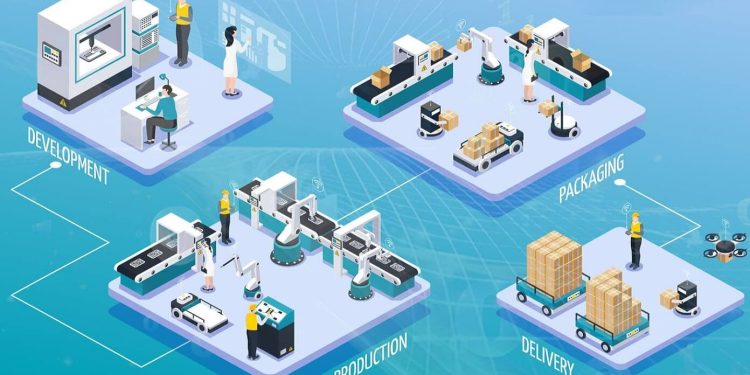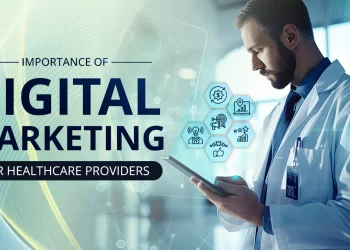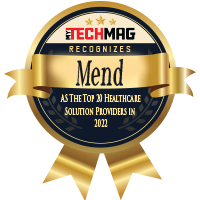Today’s medical device manufacturing industry is coping with disruptions to their businesses due to several reasons. Notably, the coronavirus outbreak has created an adverse impact on financial expectations, supply chain, and operations, as well as crisis response plans. The need for an adequate volume of products has put manufacturers in trouble as they have to balance between keeping their employees and families safe.
However, this moment of crisis has also presented them with the massive opportunity that is left unexplored in various instances. Some of such challenges and opportunities faced by today’s medical device manufacturing industry are listed below.
Pressing Concern for Cybersecurity
The fourth industrial revolution, Industry 4.0, has successfully introduced manufacturing professionals to a world of state-of-the-art digitalization, like artificial intelligence, robotics, etc. Alongside, it has also introduced a pressing concern for cybersecurity, especially after an attack on the National Healthcare Service in 2017 and paralyzed U.K. healthcare computer systems.
The vulnerabilities and the potential security breach in systems provide easy access to the hacker to any medical device and deplete the battery or issue spontaneous cardiac commands. And, this increment in technological security threats is known to impact product quality, produce high recall rates, and result in the likelihood of patient harm.
Although one cannot eliminate the threats and vulnerabilities in such a situation, the FDA is trying to eradicate it to a certain extent by placing mandatory reporting tools to track device performance and identify latent risks. Besides, manufacturers must comply with the pre and post-market cybersecurity guidance, where they have to test the product prior to its launch to the market and implement the patches after product release.
Complex Regulatory Requirements
Medical device manufacturers are bound to follow specific regulations and government guidelines. For instance, according to the Medical Device Reporting (MDR) regulation, the manufacturing professionals are asked to report adverse events or medical product issues to the FDA as early as possible. The MDR in Europe also requires them to ensure an unswervingly high level of public health and patient safety standards.
However, it must be noted that the evaluations of the medical device regulations from the EU and FDA are quite contradictory. Besides, the regulatory requirements are complicated such that they deter device availability to the public. As we have witnessed with the COVID-19, the healthcare setting is sophisticated, and the supply chain logistics in this segment are critical to emergency health.
Therefore, medical device manufacturers must act on the opportunity to rationalize operations. They must augment data management without failing to form a robust, more cooperative bond throughout the supply chain, and build efficient responses in times of need. All the other medical experts and institutions, including the pharmaceuticals, hospitals, and healthcare facilities, must manage risks in every stage of the quality control procedure and product lifestyle.
Remote Connectivity via the Internet of Things
The IoT or Internet of Things is proven to be an ideal solution for healthcare challenges as it enables self-monitoring, rationalizes data collection, and endorses seamless interaction between patients and providers. Although medical device manufacturers are planning to integrate this new business model, they face the shortage of talents capable of handling sophisticated electronics and supporting data collection, analysis, and remote connectivity for a given device.
The IoT applications commonly present technical glitches for medical device manufacturers. For instance, communicating, handling, or evaluating the massive load of information assembled by IoT-enabled sensors encompass multiple technologies. Moreover, the confidentiality of patient data makes this procedure further complex, as it demands proficiency in secure broadcast and storage in the cloud or other repository.
Product Design Processes and Development
In today’s digitized world, the continuous innovation of the newest product designs and development have uplifted the supremacy of the medical device manufacturing segment. However, specific regulations around it have resulted in unpretentious administrative errands and enhanced legal certainty of the global medical device system.
Medical device manufacturers can consider this as an opportunity to augment their processes while staying on edge. Several top medical device companies have reported a decline in their annual cost within a few years of executing an electronic system, such as a medical tool that moves documentation from paper to electronic.
Since medical device regulations are continually evolving alongside technological advancements, manufacturers must embrace data management procedures that help with ongoing compliance and regulations. Such data-driven decision-making is proven to be more influential to assessments and the supply chain, as well as many other manufacturing processes.
Conclusion
Having a defined and well-organized medical device manufacturing process is more critical in today’s highly competitive space. The manufacturing organizations need to be responsive to customer demands in a more effective manner than their competitors. This way, one can help address global health challenges and strengthen the future’s foundation for manufacturing success.







